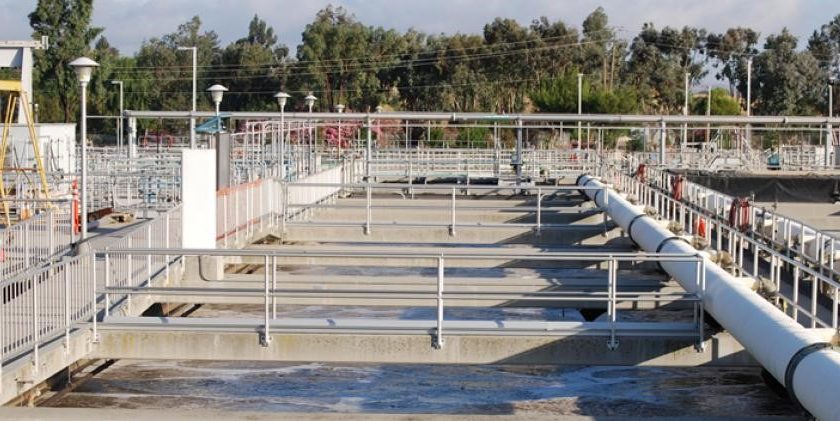
Wastewater Reuse is a Sustainable Solution to Water Scarcity
UNICEF estimates that four billion people experience water scarcity for at least one month per year, and it is only getting worse as cities grow and climate change kicks in. But there is a solution right under our noses – literally. Wastewater recycling.
Treating and reusing wastewater takes the pressure off limited freshwater supplies. The water can be used for farming, industry, recharging groundwater, and even drinking after high-tech purification. Unlike desalination, which only works by the ocean, wastewater is available everywhere. With the correct management, our wastewater could provide a steady local water source almost anywhere.
Global adoption increasing
Israel, Singapore, Australia, Spain, Jordan, and other countries reuse significant proportions of their wastewater. Here are some of the most innovative projects:
NEWater in Singapore
Singapore has become a model for wastewater recycling with its NEWater program. After initial filtration, the wastewater undergoes microfiltration, reverse osmosis, and UV disinfection to produce high-quality NEWater. Additionally, some NEWater is blended with reservoir water in a ratio of 1:1 and supplied to the public for drinking.
NEWater meets 30% of Singapore’s water demand. By 2060, through the expansion of its recycling plants, Singapore plans to triple NEWater production to meet 55% of its needs and achieve self-sufficiency to overcome its lack of natural freshwater resources and become a leader in sustainable wastewater reuse.
Greywater reuse in Jordan
Jordan is one of the most water-scarce countries but recycles greywater from sinks and showers to irrigate crops, decreasing water demand by 15% while supporting agriculture and related industries like horticulture and food processing.
Direct potable reuse in Windhoek
Windhoek, Namibia, has directly reused purified wastewater for drinking since 1968. Despite scarce rainfall, Windhoek now has a reliable, sustainable water supply for agriculture and drinking, with 99% of urban residents and 87% of rural ones having access to clean water.
Industry challenges
Overcoming public perceptions poses the most significant challenge. The mere idea of drinking purified wastewater makes many uncomfortable due to its association with sewage and contamination. This psychological barrier stems from ingrained feelings that wastewater is dirty or hazardous and spreads disease.
However, research shows treatment can effectively remove contaminants and pathogens, making recycled wastewater safe. Advanced treated wastewater can exceed drinking water standards. But the “yuck factor” remains for some. Changing this perception requires public education about modern treatment processes, transparency about water quality, new studies that demonstrate safety, and building trust in utilities.
The future of water security
Water, water everywhere, but not a drop to drink. That old sailors’ lament could be our future if we don’t get smart about H2O. With climate change and population growth, water security is at risk globally. We need all hands on deck to navigate towards solutions. That means slashing water waste, expanding recycling, and developing new technologies like low-cost desalination and on-site UV disinfection. Following the lead of innovative cities, the widespread adoption of wastewater reuse could sustain water supplies into the future.
